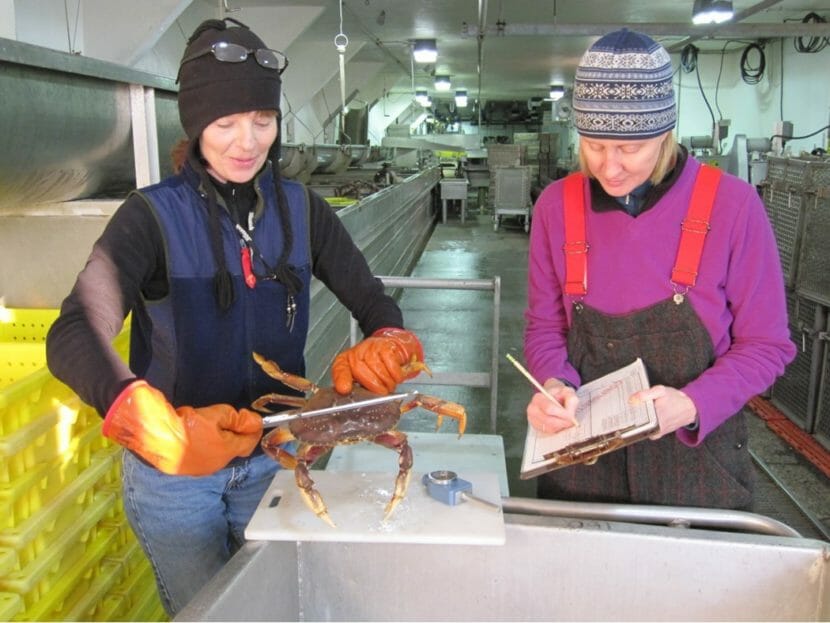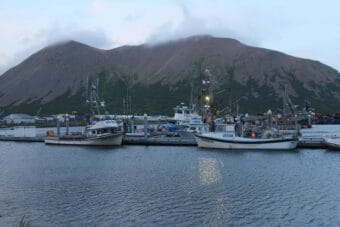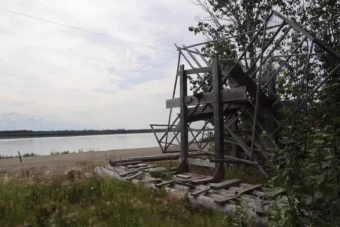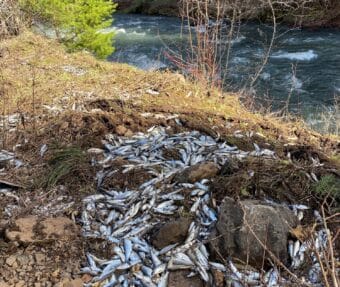
The commercial Dungeness crab fishery in Southeast Alaska will close two weeks early this summer because the start of the season has been so slow.
In recent years, Dungeness crabbing has been pretty great for commercial fishermen in Southeast. The harvests and prices have been above average, sometimes way above. Last year saw the second highest harvest on record and the highest price ever paid. The summer season was worth $13 million.
But this year looks different. The season opened on June 15. About 200 fishermen registered in the region, and they’ve reported poor fishing.
“I’ve heard generally it’s slow,” said Joe Stratman with the Alaska Department of Fish and Game. “I’ve heard generally it’s slow throughout the region.”
Stratman is the lead biologist for shellfish in the region. He says the estimate for this summer season is just about 2 million pounds, which is less than the 2.25 million pounds that’s needed for a full length season.
It doesn’t come close to recent years.
“The poundage landed in the first week of the fishery was about 433,000 pounds, which was half, actually, not quite half of what was landed in the first week the last summer season, 2021,” Stratman said.
Because of the slow start, it was announced on June 29 that the season would close two weeks early, at the end of July.
The state manages the fishery according to harvests and sampling in-season only. There is no other data gathered throughout the year. Managers look at what the first week of the fishery was like and predict the overall season harvest estimate and decide how long the season should be.
It’s only the third time in the last 20 years that the season has been shortened — 2013 and 2017 saw early closures, too.
Stratman says this downturn could be part of a natural cycle.
“Those kind of fluctuations in harvest are pretty common in Alaska and in other places,” Stratman said. “It’s possible that this year, that the below-average catch rates are due to smaller than usual cohort of crab recruiting into the fishery. But it could be environmental factors as well.”
Those factors could be a couple of things. Fishermen started the season off with huge daily tides, moving 24 feet twice a day. Also, crabs molt or regrow their shells once a year as adults. Stratman says water temperature was colder than normal, which could have affected that.
“That may be playing a part in the molt timing or maybe making crab less active. These are all possibilities,” Stratman said.
Prices have plummeted this year, with processors are paying around $2.79/pound, compared to last year’s $4.21/pound. Still, the current price is around the 10-year average.
The first week’s catch also means that, as of now, the fall season will be cut in half for most of the region, lasting only one month. That could change if the state department determines that a lot of soft-shelled crab contributed to the low numbers.
In the low year of 2013, the department decided soft-shelled crab contributed to the numbers at the start of the summer season and held a full fall season anyway. In 2017, there was a shortened fall season.
Stratman says they’ll make the decision on this fall season in mid-August. That fishery starts Oct. 1.



